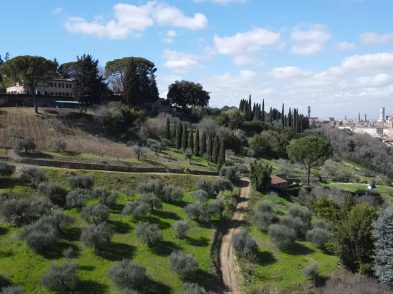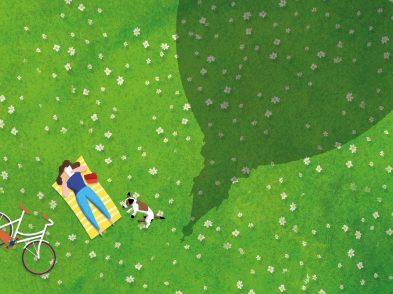Palazzo Blu in Pisa is hosting the third photography exhibition in National Geographic’s Explore series. This show, which will run until June 25, focuses on Planet Earth after previous editions described the Moon and the oceans.
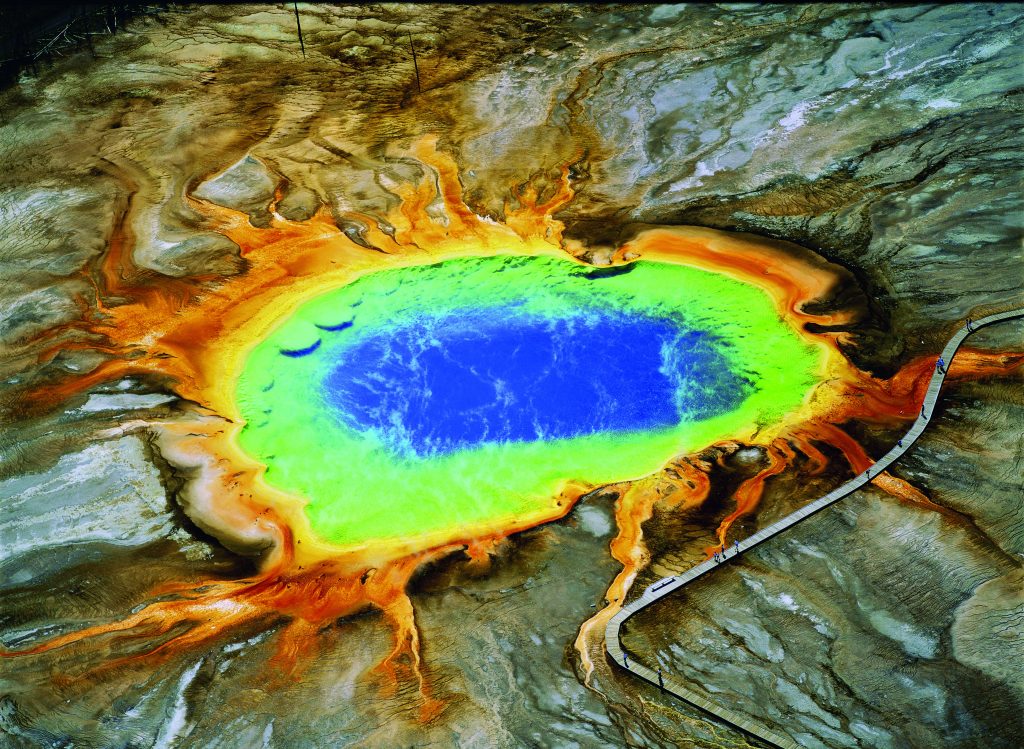
Curated by Marco Cattaneo, editor of National Geographic Italia, Explore: Planet Earth details the history of the Earth and its changes over time. The exhibition begins with a striking set of images by National Geographic photographer and explorer Stephen Wilkes. Titled Day to Night, visitors are captivated by these luminous shots, which are a culmination of thousands of captures taken in a stationary position over up to 36 hours before being stitched together digitally by the photographer. Tasmania, Kenya, India, the Falkland Islands and Iceland sit side by side as our eye is drawn to the contagious energy and ceaseless revitalization of New York City’s Times Square on the end wall.
In the Portraits of the Past section, a panel provides a potted history of how Planet Earth came into being as an inspiring quote from David Attenborough (“There is nothing more magical than finding a shiny shell and knowing that you are the first person to see it in 150 million years”) towers above a fossil showing evidence of life on the seafloor dating back 485 million years. Opposite, the sheer scale of nature is depicted in a photograph of scientists dwarfed by a 75-metre-tall sequoia tree in California (“the third largest tree in the world”, the caption informs us). This part of the exhibition continues with beguiling images of old rock formations, such as the Giant’s Causeway in Northern Ireland, and the world’s longest dinosaur tracks near Sucre, Bolivia.
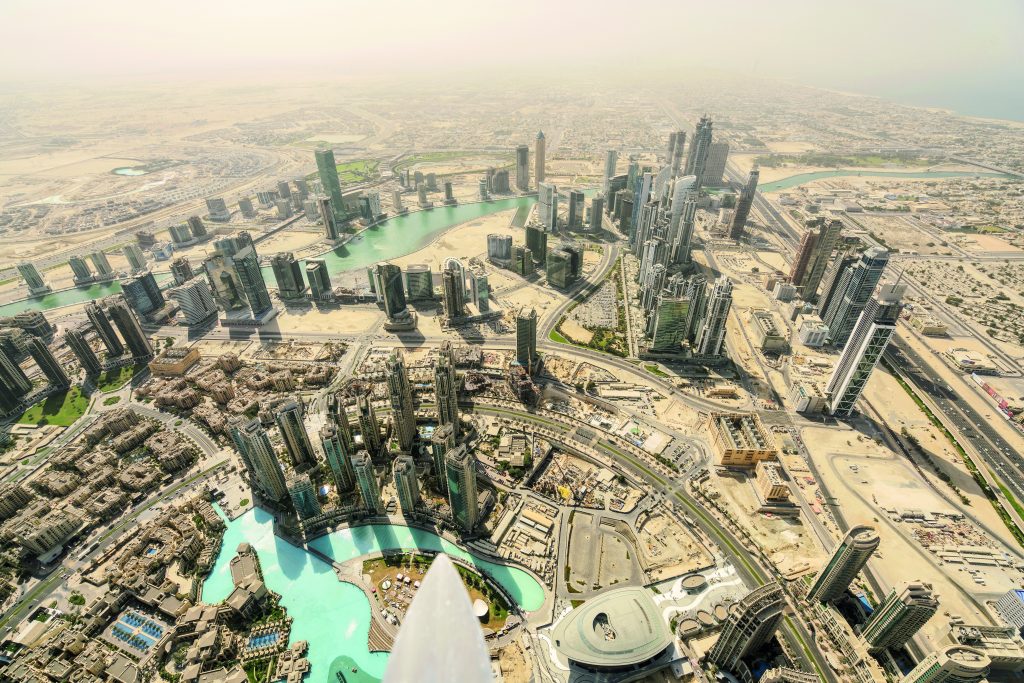
The next room (The Planet of Wonders) is aglow with backlit photography – sunset at Uluru, camel thorn trees in Namibia and a drone shot of lagoons in the Brazilian rainforest – which encapsulates the dazzling and almost unreal shades and shapes of nature. A ramp leads down to a space that zooms in on the importance of forests as the lungs of our Earth. Surveying the lushness of Borneo, Ecuador and the largest surviving laurel woodland on the Portuguese island of Madeira, the central takeaway from the show hits home: How can we have come this far, destroying all this vitality? That thought is reiterated in the subsequent section concentrating on the animal world, from the camaraderie of adult king penguins, the wisdom found in a puma’s magnetic stare and the lazy tiredness of a lion’s yawn.
All this natural beauty has been undermined by centuries of human mismanagement. Approximately 17,000 species are now classed as “endangered” on the IUCN’s Red List and National Geographic has caught certain critical moments on camera with trademark sensitivity. Perhaps the hardest visual to digest in the show is of Sudan, the last male northern white rhino, comforted by his ranger moments before his death in Kenya, while a shot of Maria, the last migratory dove, which died in 1914, demonstrates the shocking downward spiral of endangerment: the species went from three million specimens to extinction in just 80 years.
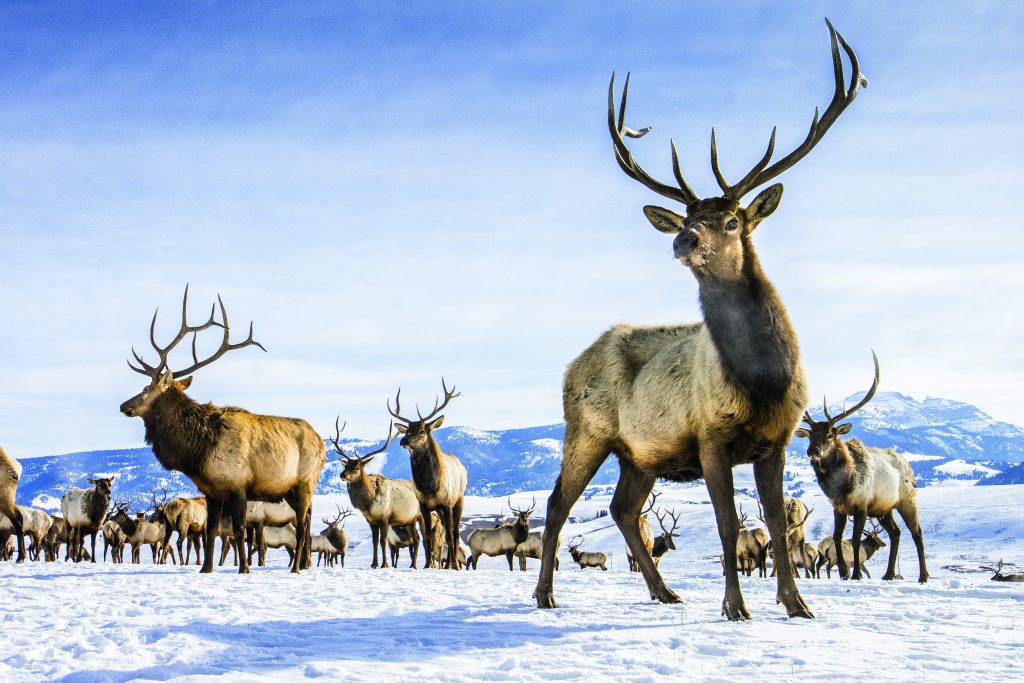
As if to uplift viewers, a small passageway illustrates the positive impacts of mankind: Stonehenge at sunrise and the cave paintings of Lascaux. The mood soon dissipates as we climb the skull-lined steps up to the exhibition’s grand finale. Human-induced catastrophes line the walls: a Chernobyl graveyard of contaminated equipment, the dried-up Lake Aral with a sink discarded by disrespectful hands and an on-high image of a coal storage in Germany so devastatingly beautiful that it resembles a contemporary artwork.
A word to the wise, as shown on an informational panel: July 26, 2023 has been designated as Overshoot Day, which is an occasion to reflect on the fact that the planet’s resources have now been exhausted beyond the point of renewal. The final corridor seeks to put a positive spin on a desperate situation by displaying the innovative solutions that human ingenuity is putting into play to offset environmental damage: energy-efficient glass in Washington, DC, USA; a solar farm in Seville, Spain; and biofuel research in Munich, Germany.
Khalil Gibran’s parting words displayed on the wall at the end of the show hit the bullseye: “We often borrow from our tomorrows to pay our debts to our yesterdays.” This thought-provoking and powerful exhibition at Palazzo Blu shouts the message loud and clear: the time to pay our debts is now.
Explore: Planet Earth
Palazzo Blu, Pisa
Until June 25, 2023
Opening hours: Monday to Friday 10am-7pm, Saturday and Sunday 10am-8pm



